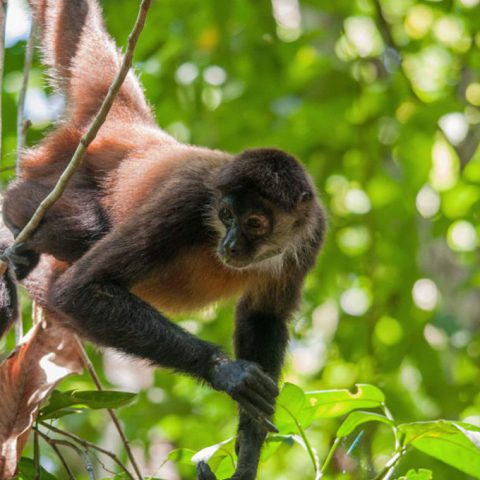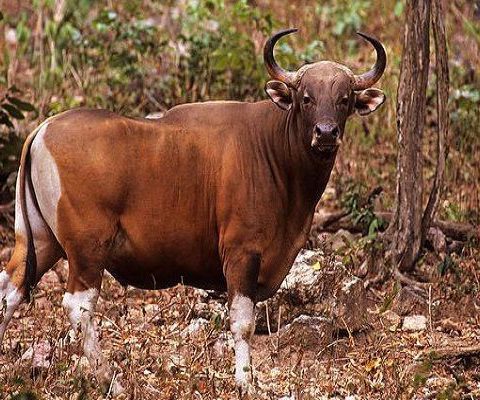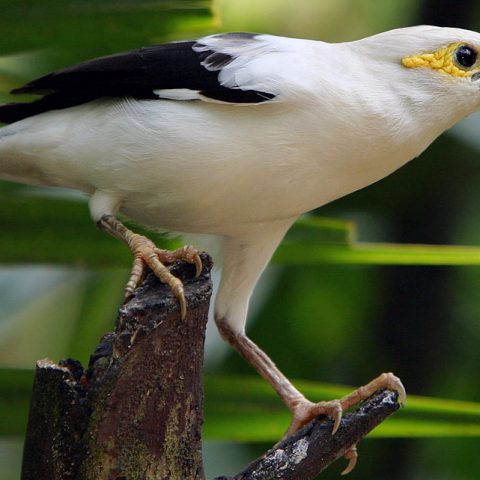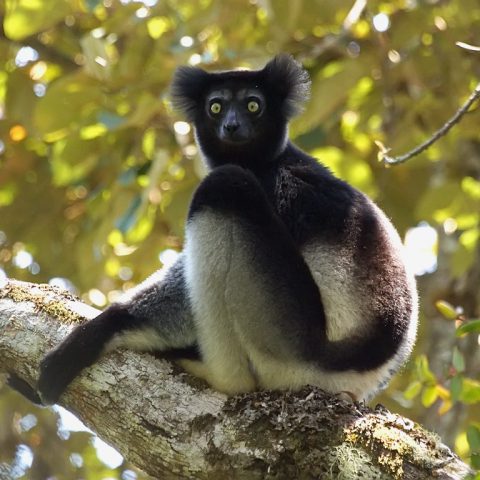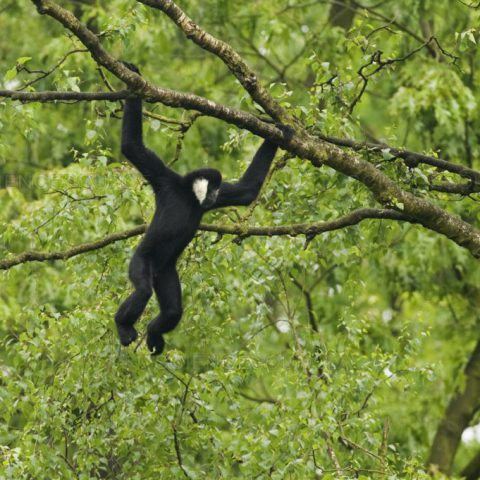Russian Sturgeon
![]() Critically Endangered
Critically Endangered
Population
The remaining population count of the Russian Sturgeon is not accurately known, however, it is believed the population has declined by 90% over the past 45 years
Size
Russian Sturgeons can grow up to 2.35 metres long
Weight
The weight of the species can be up to 115 kilograms
Countries
Azerbaijan, Bulgaria, Georgia, Iran, Kazakhstan, Romania, Turkey, Turkmenistan and Ukraine
Distribution
The species is native to the Black Sea, the Sea of Azov and the Caspian Sea. The species migrates upstream of rivers that empty into these seas
Description
The Russian Sturgeon has a short and rounded snout with three unfringed pairs of barbels coming from it. The barbels are closer to the tip of the snout than to the mouth.
The dorsal fin of the Russian Sturgeon has anywhere from 27 to 48 soft rays while the anal fin has anywhere from 16 to 35.
The colouring of the animal is greyish-green colour on the top, pale lateral scales and a white underbelly.


Quick Facts
Key behaviour of the Russian Sturgeon includes:
- The species is a solitary animal when out at sea
- The species migrates up rivers to breed
- The species only begins to breed after reaching 11 years of age
- Spawning occurs during May and June
- The species lives for around 45 years
The diet of the Russian Sturgeon is made up of smaller fishes such as gobies, anchovies and sprats, crustaceans and molluscs.
The habitat of the Russian Sturgeon is at the bottom of fairly shallow water which is muddy or sandy bottoms.
The main threats that face the Russian Sturgeon are:
- Over-fishing for caviar
- Habitat degradation especially in the Caspian Sea
Conservation Efforts
The species does not have any dedicated conservation efforts at this current time. Efforts are in place for limiting catch and trade of the Beluga Sturgeon which is found in the same area which is aiding the survival of the Russian Sturgeon.



